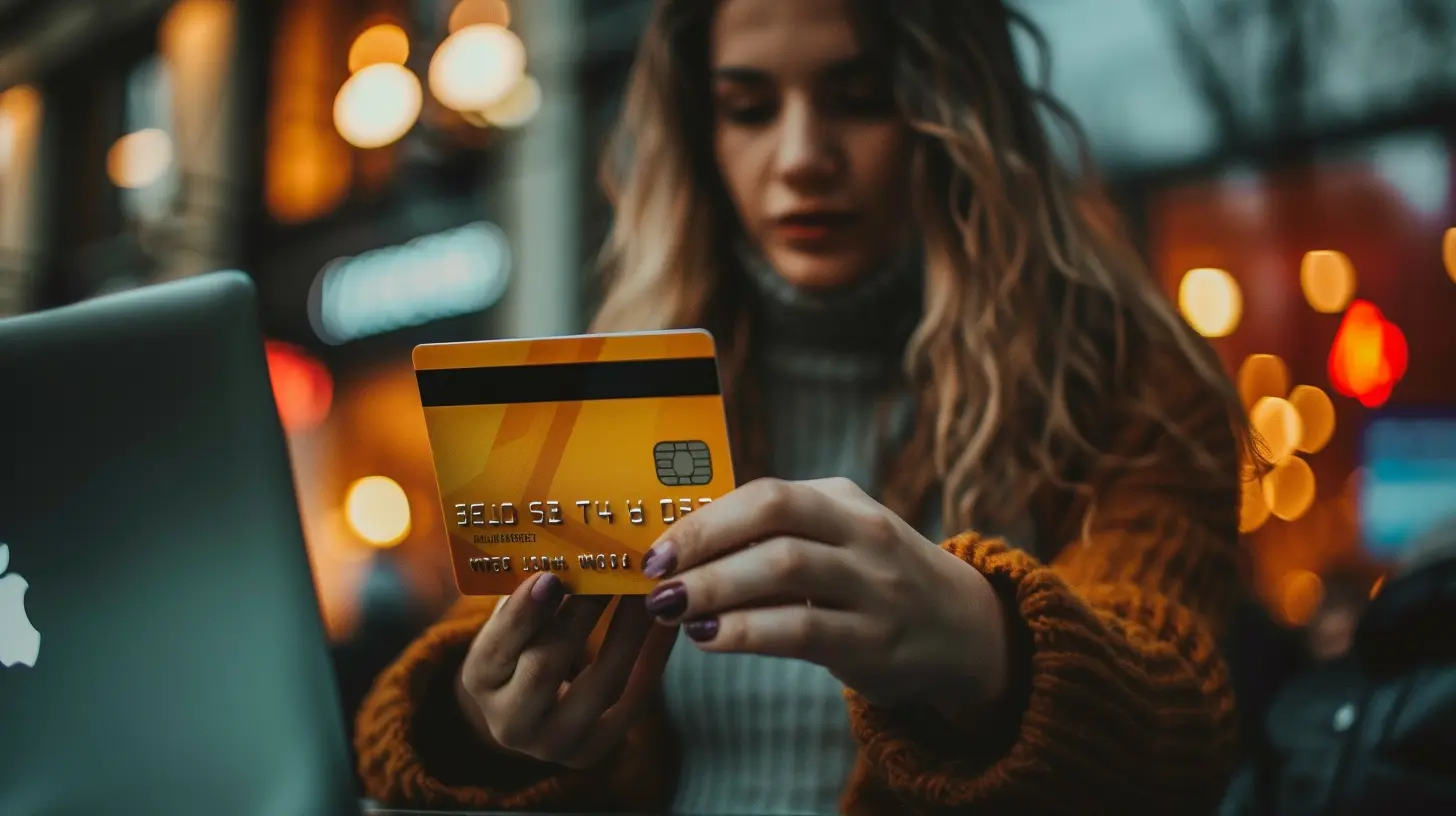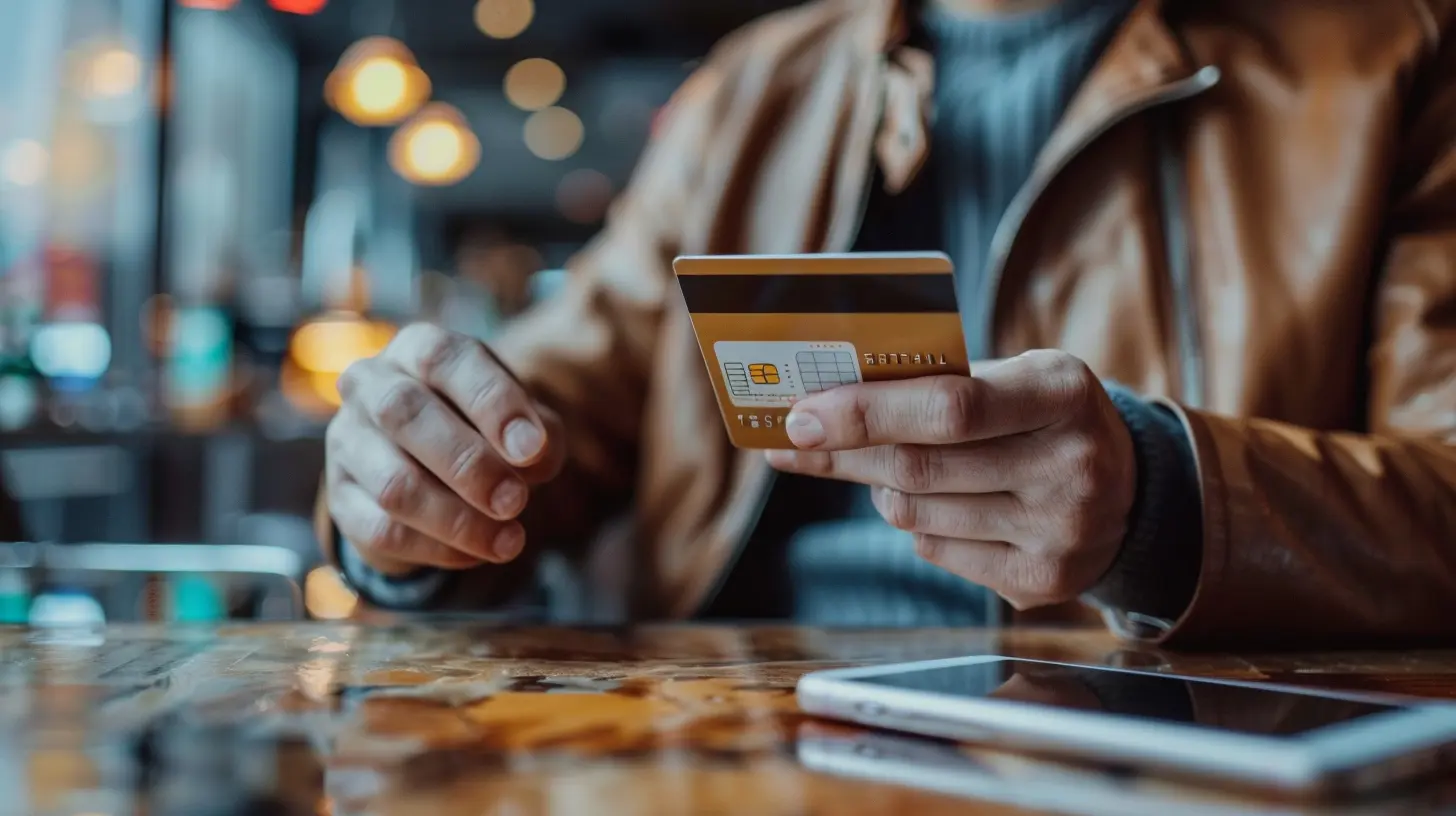The Intersection of Fintech and Cybersecurity: Protecting Your Digital Wallet
8 October 2025
Let’s face it—our money isn’t stuffed in leather wallets anymore. Instead, it lives in digital spaces, floating across apps, trading platforms, and online banking systems. This brave new world of digital finance, or fintech, has revolutionized how we handle money. But with innovation comes vulnerability. As we embrace the magic of one-click payments and crypto wallets, there’s something we can’t afford to ignore: cybersecurity.
Let’s dive deep into where fintech and cybersecurity intersect and how you can keep your digital wallet safe from prying eyes.
What is Fintech Anyway?
Before we get into hackers and heists, let’s talk basics.“Fintech” is short for financial technology. That covers everything from your banking app to crypto exchanges, robo-advisors, mobile payment services like Venmo or PayPal, budgeting tools like Mint, and even the buy-now-pay-later options offered during online checkouts.
Fintech isn’t just about convenience. It’s about accessibility, speed, and often lower costs. But this digital frontier is not without its wild west challenges.
Why Cybersecurity is a Big Deal in Fintech
Think about the last time you entered your debit card details online. Did you stop for a second to wonder where that data goes? Or whether it's encrypted? Probably not—and that’s okay. Most people don’t. But that’s exactly what cybercriminals are counting on.The fintech world is a goldmine for hackers. It involves sensitive personal data, tons of financial transactions, and often, not enough security to keep everything airtight. Cybersecurity, in this case, is like a digital fortress. It’s what ensures your money, identity, and transaction history aren’t exposed or stolen.
The Most Common Cyber Threats in Fintech
Cyber threats in fintech aren’t just about mischievous teenagers in their mom’s basement. They’re often orchestrated by sophisticated, organized groups. Let’s break down a few major threats:1. Phishing Attacks
You get a text from your “bank” saying your account has been compromised. Panic sets in. You click the link. Boom—just fell into a phishing trap. These attacks trick people into revealing sensitive info like passwords or card numbers.2. Ransomware
Hackers can lock a company’s entire digital infrastructure and demand payment to unlock it. Fintech platforms are especially juicy targets because of the real-time nature of financial transactions.3. API Vulnerabilities
APIs (Application Programming Interfaces) are the pipes that connect fintech services. If a hacker finds a leak in one of these pipes, they can siphon off data or worse—manipulate transactions.4. Credential Stuffing
Hackers use stolen credentials (from a breached site) and try them on other platforms. If you reuse the same password across accounts, you’re basically handing them the keys.5. Man-in-the-Middle (MitM) Attacks
Imagine you’re transferring money. A hacker intercepts the data en route and either saves it or changes the destination. These attacks are sneaky and dangerous.
Real-World Examples: When Fintech Security Fails
If you think this is all theoretical, think again.- Robinhood Data Breach (2021): Hackers accessed personal info of about 7 million users. Yep, that’s seven million.
- Cash App (2022): A former employee downloaded reports containing data of over 8 million users. Ouch!
- Poly Network Heist (2021): One of the biggest crypto heists in history. Hackers stole $600M worth of cryptocurrency. (They bizarrely returned most of it, but still.)
These examples show even big players can slip. So what about you and your mobile wallet?
How Fintech Companies Are Beefing Up Cybersecurity
The good news? Fintech firms aren’t sitting ducks. Here's how they’re tightening the hatches:🔐 End-to-End Encryption
Your data is encoded before it leaves your device and only decoded when it reaches the destination. Even if intercepted, it looks like gibberish.👥 Multi-Factor Authentication (MFA)
You’ve probably been asked to enter a code sent to your phone. That’s MFA. It’s like adding an extra lock to your digital door.🛡️ AI-Powered Fraud Detection
AI is watching your back—literally. Modern platforms use machine learning to detect unusual patterns and block suspicious transactions instantly.✨ Biometric Verification
Face ID, fingerprint scanning, or even voice recognition. These unique traits make it harder for someone else to pose as you.🔄 Regular Security Audits
Top companies hire ethical hackers (yes, that’s a job) to break into their systems and point out vulnerabilities.Tips for Protecting Your Own Digital Wallet
You don’t need to be a cybersecurity expert to stay safe. Just follow some practical steps:Use Strong, Unique Passwords
“123456” isn’t gonna cut it. Use a mix of letters, numbers, and symbols. Better yet, use a password manager to create and store complex ones.Enable MFA Wherever Possible
Every time a service gives you the option, turn on MFA. That extra step might save you a ton of headaches.Update Apps Regularly
Developers release updates to fix vulnerabilities. If you ignore them, you’re leaving the door wide open.Avoid Public WiFi for Transactions
Public networks are playgrounds for hackers. Stick to cellular data or a secured home network when doing anything money-related.Watch Out for Phishing Scams
Always double-check URLs and email addresses. If something feels off, it probably is.Be Cautious with Links or Downloads
Even if it looks legit, avoid clicking on unfamiliar links or downloading files from unknown sources.The Role of Governments and Regulations
Cybersecurity isn’t just up to the tech companies. Governments are stepping in too.- GDPR (EU): Gives users more control over their data and forces companies to be transparent about breaches.
- CCPA (California): Similar to GDPR but for California residents.
- SOC 2 & ISO 27001: These are industry standards many fintech companies aim to comply with to show their commitment to security.
Such regulations are helping set a framework for how data should be handled and protected.
The Future: Where Fintech and Cybersecurity Are Headed
As fintech continues to evolve—think AI advisors, blockchain-backed transactions, and decentralized finance—cybersecurity must evolve with it.Blockchain and Security
Ironically, blockchain, often criticized for crypto volatility, offers some of the strongest security features. Its decentralized nature makes hacking far harder, although not impossible.Quantum-Resistant Algorithms
Quantum computing could someday crack today’s encryption. Fintech companies are already experimenting with quantum-resistant algorithms to stay ahead.Decentralized Identity (DID)
Imagine logging in using credentials you fully control—without passwords. That’s the dream behind DID. It’s fast, sleek, and secure. And it's likely where we’re headed.Final Thoughts: Trust, But Protect
Fintech has made managing money incredibly easy. But convenience doesn't mean you should throw caution to the wind.At the end of the day, protecting your digital wallet is a shared responsibility. Fintech firms must build bulletproof platforms, and you, as a user, need to stay informed and cautious.
Remember, every time you log into a fintech app, you're essentially unlocking a digital vault. Would you leave the door to a real vault open? Then don't leave your digital one unguarded either.
So, next time you tap to pay, transfer funds, or trade crypto, take a second. Check your app, your password, and your connection—because peace of mind is priceless.
all images in this post were generated using AI tools
Category:
FintechAuthor:

John Peterson
Discussion
rate this article
1 comments
Ramona Summers
Great insights! Consider emphasizing user education as a key factor in enhancing digital wallet security.
October 13, 2025 at 3:52 AM

John Peterson
Thank you for the suggestion! User education is indeed crucial for strengthening digital wallet security and will be emphasized in future discussions.


